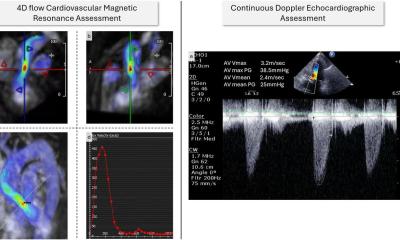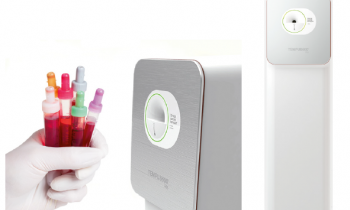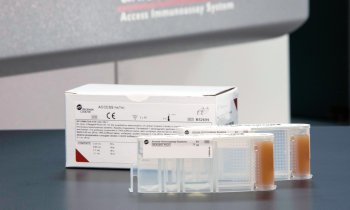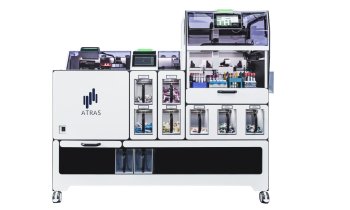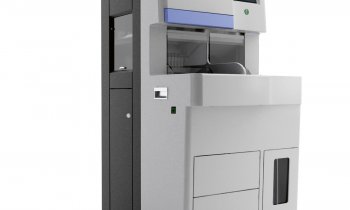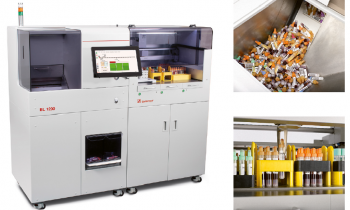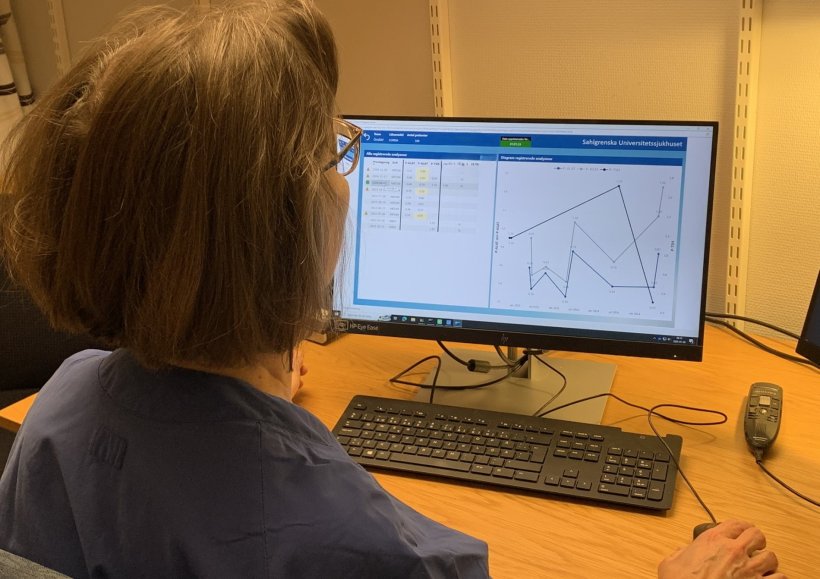
Image source: University of Gothenburg; photo: Helén Sjöland
News • Automated evaluation
Robot enhances side-effect monitoring after cardiac arrhythmia treatment
A software robot has proved to be faster than doctors at detecting side effects during a drug treatment for cardiac arrhythmia, while also cutting unnecessarily frequent follow-up lab tests and controls, according to a study at the University of Gothenburg.
The drug amiodarone, with the trade name Cordarone, helps the heart beat normally again when the rhythm is abnormal, such as in atrial fibrillation and tachycardia. The treatment requires regular blood tests due to potential side effects affecting thyroid and liver function, which with current practices is a completely manual process.
A study conducted at the University of Gothenburg, now published in the Journal of Medical Internet Research, used a proprietary guideline-based method to automate and facilitate the monitoring and evaluation of side effects when following up amiodarone treatment. The purpose of the study was to develop and validate a robot prototype that is not artificial intelligence-based and that follows the prevailing health care guidelines.
The method was shown to reduce manual work tasks, reduce the frequency of lab tests, and improve the detection of side effects. Accordingly, it would likely reduce healthcare costs while increasing the value for patients
Helén Sjöland
The robot was programmed to search for appropriate patients from an administrative list, check their test results against an algorithm, and present a recommended course of action for the attending cardiologist. Once the physician makes their decision, the robot adds a new entry to a waiting list to book the next blood test appointment.
The study tested the robot's ability in parallel to the real-life treatment of patients, without the decision-making cardiologists or patients being aware of the robot's assessments. Afterward, the researchers were able to compare the outcome of the physicians' interventions with what the robot would have contributed had it been involved. The robot's ability to perform routine assessments was tested against doctors' orders in 390 situations, and the results were clear.
On average, the software robot recommended an interval between laboratory tests of 4.5 months, which is completely in line with standard practices. The doctors prescribed an average interval of 3.1 months. Based on the patients' blood tests, the robot found 12 side effects on the first attempt. The doctors detected 8 during the initial test and the rest during subsequent tests.

Image source: University of Gothenburg; photo: Margareta G. Kubista
The researchers believe that the automated process, aided by a software robot and a diagnostic classification algorithm, is a technically and medically reliable option for following up amiodarone treatment and, by extension, other drug treatments as well.
One of the driving forces behind the study is Helén Sjöland, adjunct professor of cardiology at Sahlgrenska Academy at the University of Gothenburg and senior physician at Sahlgrenska University Hospital. “The method was shown to reduce manual work tasks, reduce the frequency of lab tests, and improve the detection of side effects. Accordingly, it would likely reduce healthcare costs while increasing the value for patients,” she says.
“The robot does what a human would otherwise do – it simply follows the rules, which are actually quite complex. As practicing physicians, we're too cautious and order some tests unnecessarily to play it safe.”
The method has been registered as an in-house manufactured medical device under the Medical Device Regulation (MDR) of the European Union and is being implemented at the Cardiology Department of Sahlgrenska University Hospital in Gothenburg.
Source: University of Gothenburg
22.02.2025





